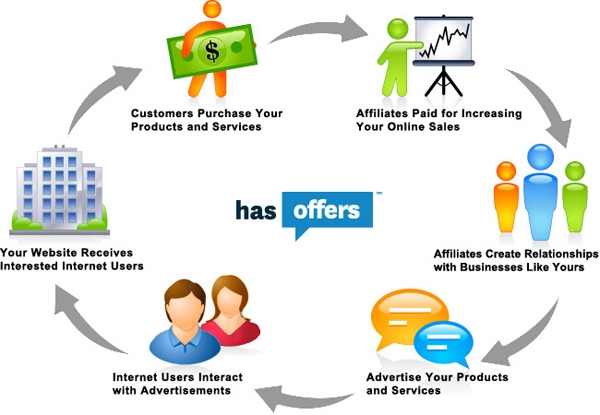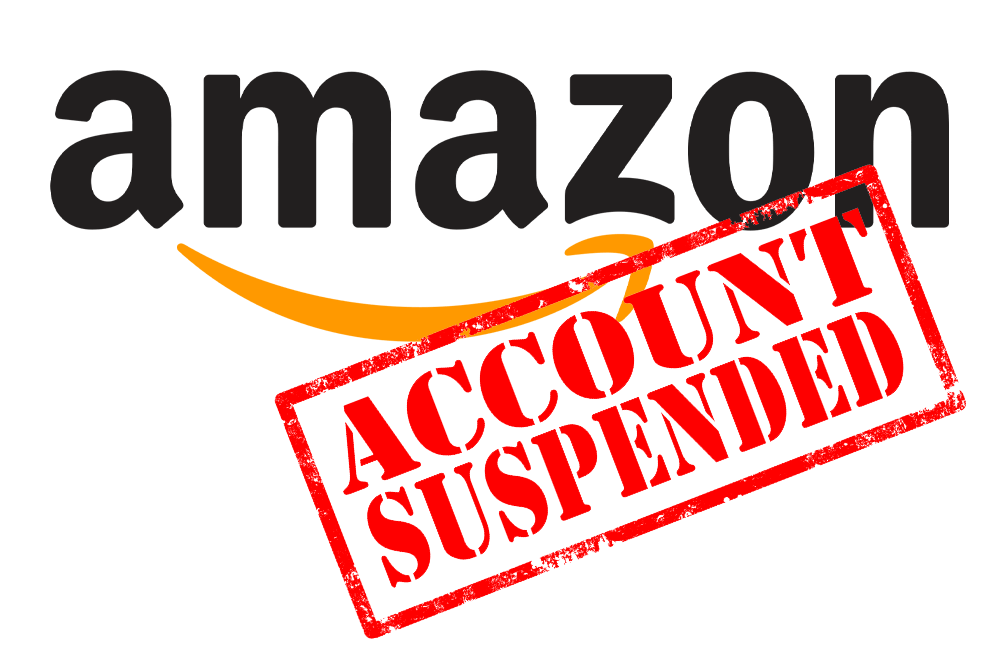You’re no doubt well aware that activity on social media sites now makes up a huge percentage of the overall amount of traffic on the Internet. Services like Facebook and Twitter reach vast audiences, and many advertisers are slavering at the possibilities they present. If you’d like to harness the power of social media for your own business, you need to understand some key differences between traditional marketing and social media marketing.
You might as well start with the biggest site of them all, Facebook. Your business will almost certainly benefit from a Facebook page, but you need to run it properly if you want it to have maximum impact. The core concept to remember is that Facebook is informal and democratic. You cannot demand respect or deference from your Facebook audience. Instead, you need to treat this as an opportunity to represent your business on a retail level, as opposed to the wholesale advertisement employed by traditional media. Be responsive to your audience. Answer questions, listen to feedback, and demonstrate respect if you want respect in turn.
Twitter is a site tailored to the short-form communications required by text message. The brevity of individual tweets is perfectly suited to the attention span of Internet users. You can use this to your advantage by setting up a Twitter account for your business and crafting strong messages for it. Your tweets will go out to people who actively follow your account. Take this into consideration when you compose tweets; your audience is already interested in your business. Treat them to an inside look at what you do, and use your Twitter to break news about changes in your services or product line-up.
Blogging predates the social media revolution, but it’s been swept up in the overall collection of person-to-person online communication. You can get some great marketing exposure for your business by running a blog. The best way to make your blog appealing is to provide it with regular content updates that are both informative and interesting. Remember that a blog can also be a tool to drive traffic to your main website and make your overall Internet presence more notable.
Depending on your industry, you may get a lot of good marketing mileage out of video presentations. With sites like YouTube and Flickr, it’s incredibly easy to share videos with anyone who wants to see them. You can link to videos on these sites from your other Internet properties, (websites, blogs, etc.) but don’t neglect the opportunity to attract new viewers right on the video sites themselves. Useful, informative, and entertaining content may go viral and expose your business to huge numbers of new customers.
If you have a physical bricks-and-mortar business that deals with the public, make sure you make your presence known on mobile-focused networks that people access through their smartphones. Google+, Yelp, Foursquare, and other sites are focused on guiding mobile users to the goods and services they’re looking for. You can establish profile pages at most of these sites and provide visitors with essential info. Hours of operation, pricing, and special events are all excellent pieces of information to put on your mobile pages.
Not all businesses make the necessary adjustments to their thinking when they take their marketing campaigns into the realm of social media. If you do your homework and familiarize yourself with the ways people interact with businesses and each other on these sites, though, you’ll be in an excellent position to craft effective campaigns and get positive responses from the people who find you.








